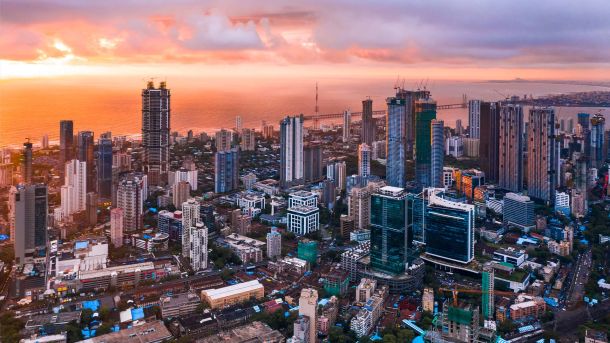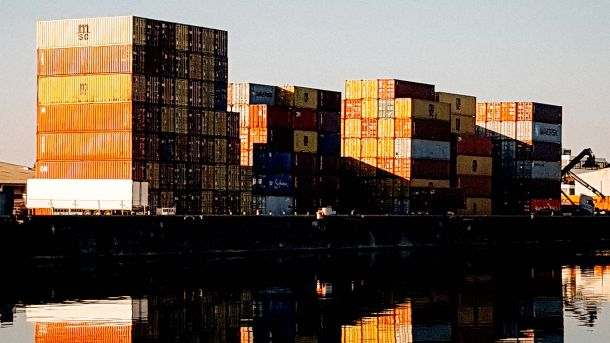The iron and steel industry contracted by 3.3%, detracting 0.7 percentage points from manufacturing growth, while the wood and wood products sector declined by 1.8%, further reducing growth by 0.2 percentage points. These industries were the primary detractors on the sector’s performance.
Seasonally adjusted manufacturing production for the three months ending in July 2025 rose by 2.5% compared to the previous quarter ending in June. During this period, seven out of ten industries saw growth, with significant contributions from:
- Food and beverages, which grew by 3.4% and added 0.9 percentage points.
- Petroleum, chemical products, rubber, and plastic products, which increased by 4.1%, adding 0.8% points.
- Motor vehicles, parts, and accessories, which expanded by 4.8% and added 0.4 percentage points.
Seasonally adjusted retail sales declined by 0.3% month-on-month in July. However, for the rolling quarter ending in July, sales grew by 2.6% quarter-on-quarter. The food and beverages division was the largest driver of this growth, expanding by 4.9% and adding 1.3 percentage points. The petroleum, chemical products, rubber, and plastic products division also saw a notable 4.4% increase, contributing 0.9 percentage points to quarterly growth.
Manufacturing remains a crucial part of South Africa’s economy, employing around 1.6 million people and accounting for 12.5% of the GDP in 2024. Employment rose slightly from 1.675 million in Q4 2024 to 1.677 million in Q1 2025. GDP figures released earlier this week show the manufacturing sector’s output increased by 1.8% on a quarterly basis in the second quarter of 2025. However, the output may face challenges from the third quarter onwards due to the impact of US trade tariffs on output, sales, and employment.
Despite positive developments in some industries, business owners remain cautious, adopting a wait-and-see approach amid concerns over US tariffs on exports and ongoing US-China trade tensions. This caution is likely to grow with the recent implementation of a 30% tariff on South African products entering the US market, effective August 7, 2025. Nevertheless, companies continue to maintain substantial cash reserves, reflecting a prudent strategy amid current domestic and global economic uncertainties in the short to medium term.





